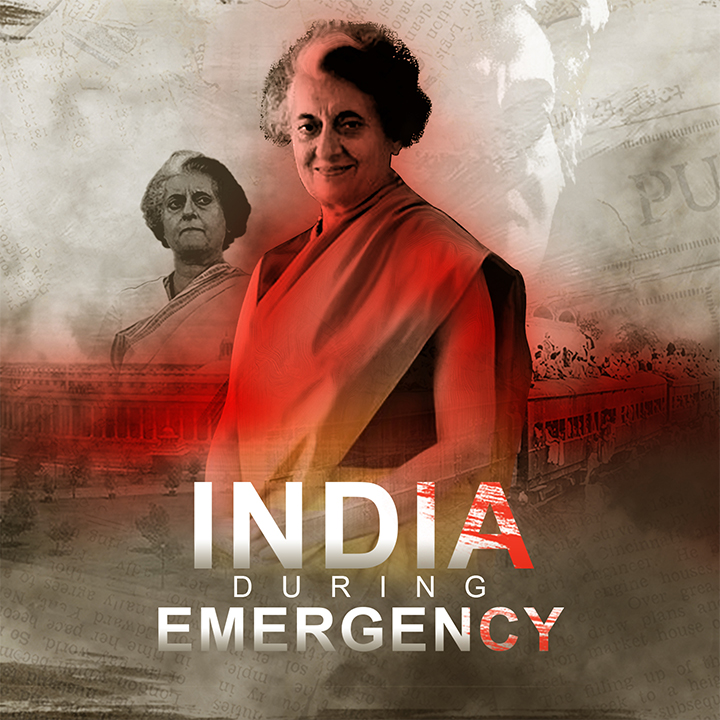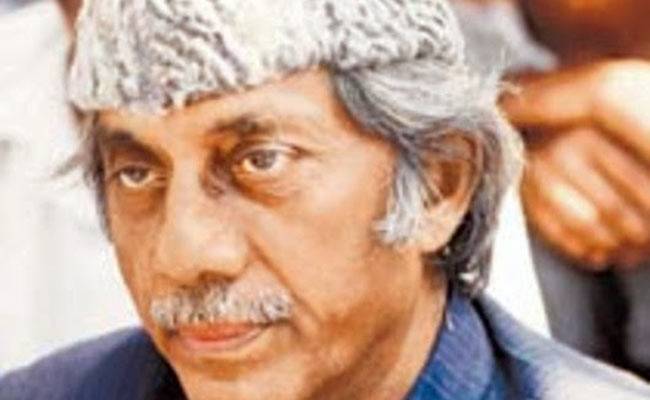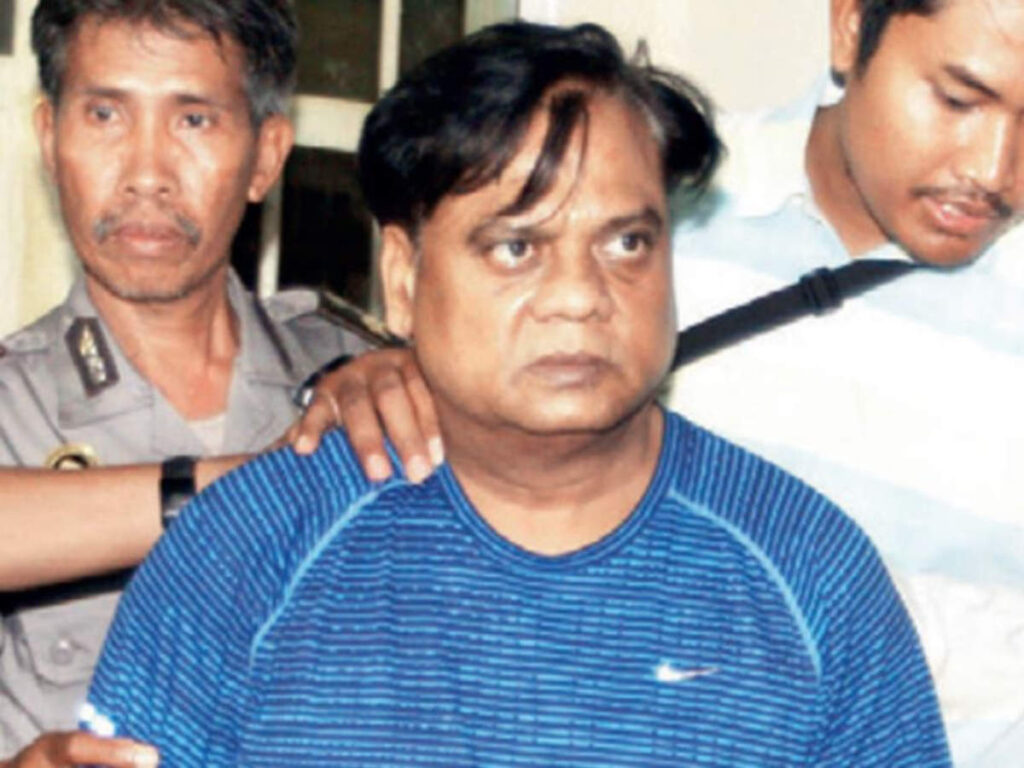Introduction: The Indian Emergency, also known as the Emergency Period or the Dark Age of Indian Democracy, refers to a 21-month period of authoritarian rule in India from June 1975 to March 1977. Declared by then-Prime Minister Indira Gandhi, the Emergency was marked by the suspension of civil liberties, censorship of the media, political repression, and the centralization of power. This brief overview aims to provide insight into the causes, events, and consequences of the Indian Emergency.
- Background and Context:
- The roots of the Indian Emergency can be traced back to the turbulent political landscape of the 1970s, characterized by social unrest, economic challenges, and political instability.
- In 1971, Indira Gandhi’s government faced criticism over issues such as inflation, unemployment, and corruption, leading to widespread disillusionment among the populace.
- Amid growing opposition from political rivals and allegations of electoral malpractice, Indira Gandhi’s political position became increasingly precarious, prompting her to take drastic measures to consolidate power.
- Events Leading to the Emergency:
- The immediate trigger for the declaration of the Emergency was the Allahabad High Court’s verdict in June 1975, which found Indira Gandhi guilty of electoral malpractice during the 1971 general elections.
- Following the court’s ruling, opposition parties and social activists called for Gandhi’s resignation and launched protests demanding her ouster from office.
- In response, Indira Gandhi invoked Article 352 of the Indian Constitution, citing “internal disturbance” as the justification for imposing a state of Emergency across the country on June 25, 1975.
- Key Features of the Emergency Period:
- Suspension of Civil Liberties: During the Emergency, fundamental rights such as freedom of speech, expression, and assembly were curtailed, and civil liberties were severely restricted.
- Media Censorship: The government imposed strict censorship on the press, radio, and television, controlling the flow of information and suppressing dissenting voices.
- Political Repression: Opposition leaders, activists, and journalists were arrested under preventive detention laws, and political opponents were subjected to harassment and intimidation.
- Centralization of Power: Indira Gandhi’s government assumed unprecedented centralization of power, bypassing democratic institutions and governing through authoritarian means.
- Implementation of Draconian Measures:
- The government enacted draconian laws such as the Maintenance of Internal Security Act (MISA) and the Prevention of Publication of Objectionable Matter Act, granting authorities sweeping powers to detain individuals without trial and suppress dissent.
- Thousands of political activists, journalists, and members of civil society were detained under these repressive laws, leading to widespread fear and intimidation.
- Resistance and Opposition:
- Despite the government’s efforts to quell dissent, resistance movements emerged across the country, with political parties, trade unions, student organizations, and civil society groups coming together to protest against the authoritarian regime.
- The opposition to the Emergency was led by prominent political figures such as Jayaprakash Narayan, Morarji Desai, Atal Bihari Vajpayee, and George Fernandes, who spearheaded the nationwide movement for democratic rights and civil liberties.
- End of the Emergency:
- The Emergency came to an end following the 1977 general elections, which were held after Indira Gandhi lifted the state of Emergency in January 1977, bowing to mounting pressure from domestic and international sources.
- The elections resulted in a landslide victory for the opposition Janata Party, led by Morarji Desai, marking the end of Indira Gandhi’s authoritarian rule and the restoration of democratic governance in India.
- Legacy and Impact:
- The Indian Emergency left a lasting impact on Indian politics, society, and democracy, serving as a cautionary tale about the dangers of authoritarianism and the erosion of civil liberties.
- The period of Emergency highlighted the resilience of India’s democratic institutions and the importance of safeguarding constitutional values and democratic norms.
- The Emergency also led to significant constitutional amendments and legal reforms aimed at preventing the misuse of executive power and protecting fundamental rights.
- Lessons Learned:
- The Indian Emergency serves as a reminder of the fragility of democracy and the need for eternal vigilance to safeguard democratic principles and freedoms.
- The events of the Emergency underscore the importance of maintaining checks and balances, upholding the rule of law, and fostering a culture of transparency and accountability in governance.
Conclusion: The Indian Emergency of 1975-1977 stands as a dark chapter in India’s democratic history, characterized by the suspension of civil liberties, censorship of the media, and political repression. However, it also serves as a testament to the resilience of India’s democratic institutions and the power of collective resistance against authoritarian rule. As India continues its journey as the world’s largest democracy, the lessons learned from the Emergency remain relevant, emphasizing the imperative of upholding democratic values, defending constitutional rights, and safeguarding the principles of liberty and justice for all.
https://kesariexpress.com/m-s-subbulakshmi-the-voice-of-carnatic-music/






